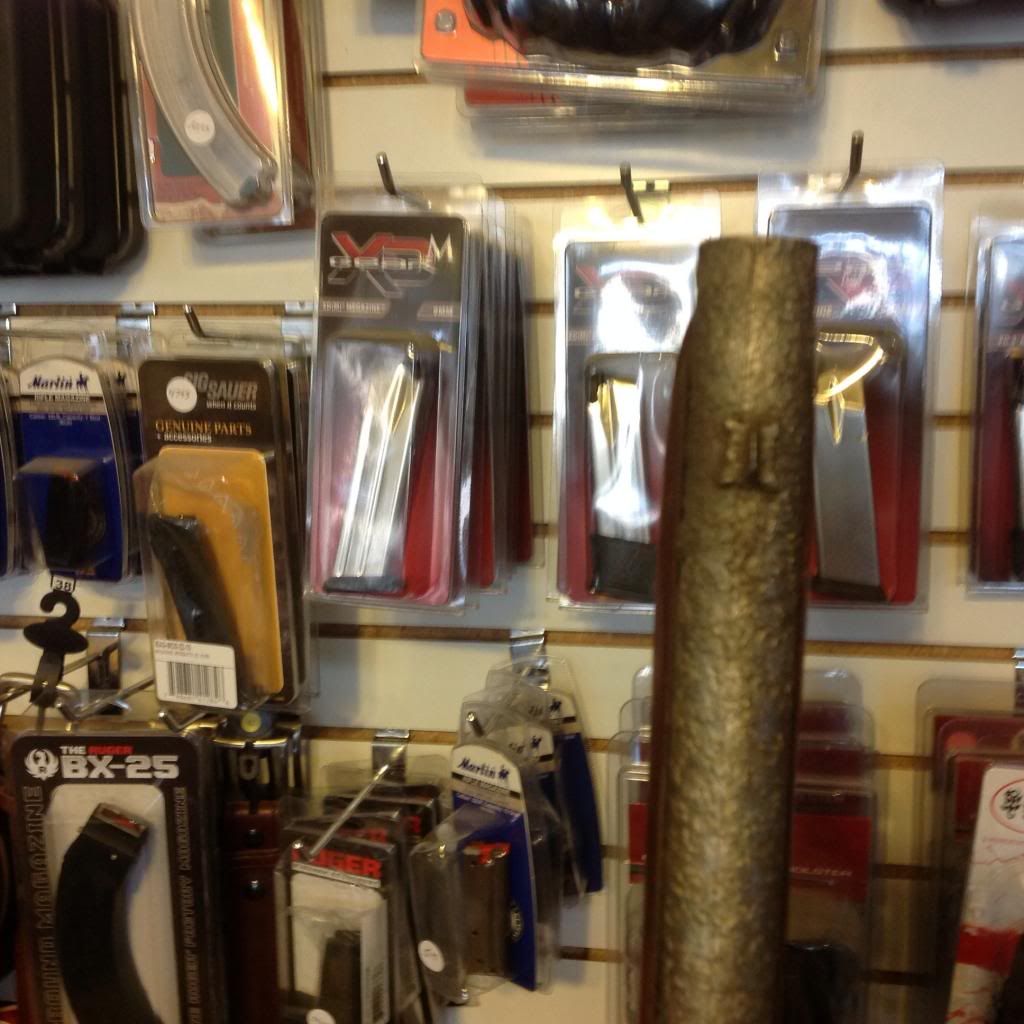- Joined
- May 7, 2007
- Messages
- 97
- Reaction score
- 5
I have seen a few projects that the steel parts have been finished with what I am told is a Chlorox bleach method??
I like the look and would like to try it.
Can I use regular household bleach??
Does the stronger outdoor concentrate work better? Or maybe it's toooo strong??
And just hold do I apply it? I was told to wrap the parts in rags tightly and saturate with chlorox?? Does that sound correct??
How long should I let it on there???
Any advice on this would sure be appreciated.
I plan on doing a lock and the barrel, screws, etc?
Thanks in advance!!
Bigmon
I like the look and would like to try it.
Can I use regular household bleach??
Does the stronger outdoor concentrate work better? Or maybe it's toooo strong??
And just hold do I apply it? I was told to wrap the parts in rags tightly and saturate with chlorox?? Does that sound correct??
How long should I let it on there???
Any advice on this would sure be appreciated.
I plan on doing a lock and the barrel, screws, etc?
Thanks in advance!!
Bigmon





